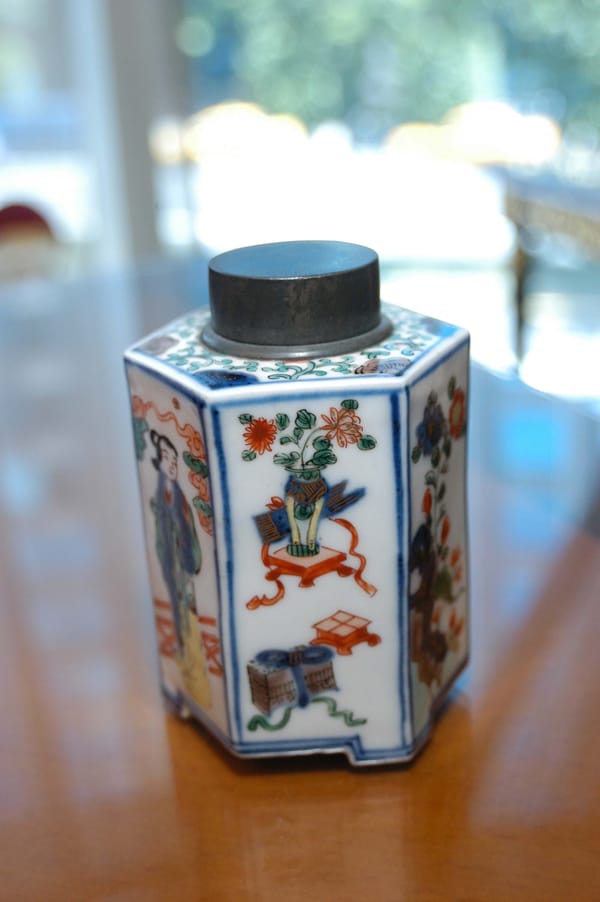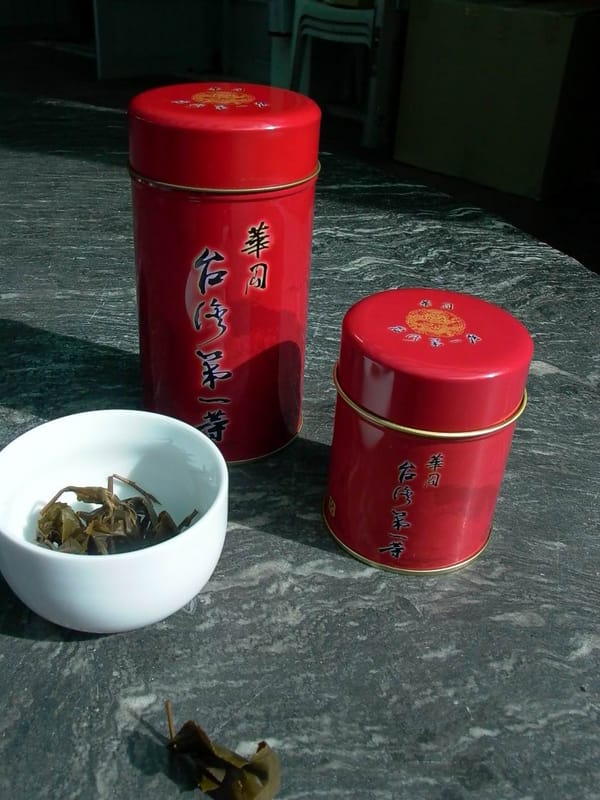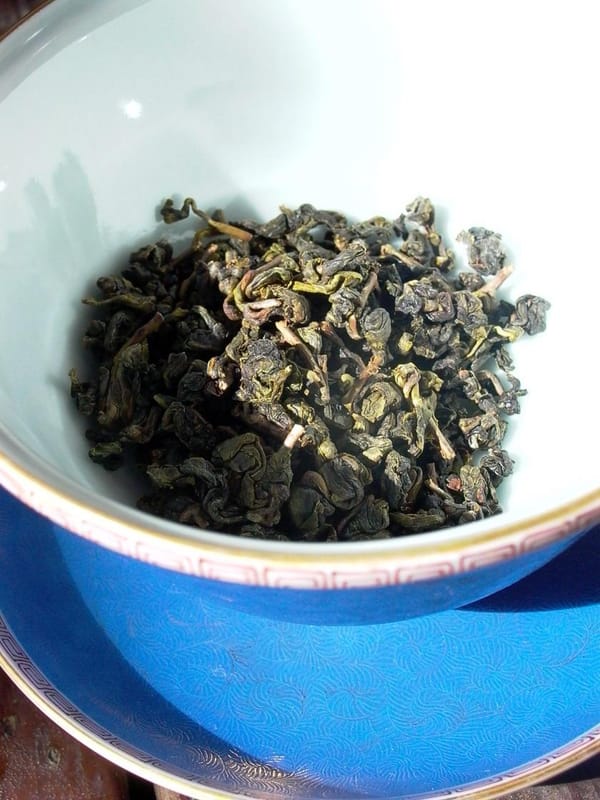When history books mention the 17th-century Anglo-Dutch Wars, most people think of naval supremacy or colonial rivalries. But few realize that behind this pivotal European conflict lay an unexpected spark—Chinese tea. The two maritime powers of Europe went to war to compete for monopoly over the Wuyi black tea trade, revealing the immense commercial value of this humble leaf from the East.
The Dutch Dream of a Tea Empire
In 1607, the Dutch East India Company made its first purchase of Wuyi black tea from Macau, then transported it via Java to Europe. At the time, Japanese green tea dominated the market, but the rich and robust flavor of Wuyi black tea quickly won over European palates and dominated the tea trade.
Before 1650, the Dutch held near-total control over the European tea market. Thanks to advanced navigation and a well-established trade network, the Dutch East India Company built a tea empire stretching from China to Europe, earning enormous profits and underpinning the Netherlands’ maritime supremacy.
Next, we’ll examine how Britain challenged this monopoly and how commercial rivalry escalated into two major wars, redrawing the political map of Europe.
Britain’s Strategic Counterattack
Establishing a Trade Base in Xiamen
Sensing the vast potential of the Chinese tea trade, the British East India Company set out to break the Dutch monopoly. In 1644, the British established a trade office in Xiamen—a seemingly routine decision that was, in fact, a calculated move to disrupt Dutch dominance.
Xiamen was chosen for strategic reasons: it was a key tea export port and geographically close to the Wuyi tea-producing region. The British aimed to establish direct access to better-quality tea at better prices, bypassing Dutch intermediaries.
Intensifying Commercial Competition
The British entry into the market sparked fierce competition. The Dutch and British clashed not only over pricing but also over trade routes, port control, and product quality. The conflict went far beyond business rivalry—it became a geopolitical confrontation.
Neither side would yield. The enormous profits from tea meant both countries were unwilling to compromise. Commercial competition soon escalated into military conflict.
Tea as the Catalyst for Two Wars
The First Anglo-Dutch War (1652–1654)
The First Anglo-Dutch War broke out between 1652 and 1654—sparked in part by the race for dominance over Chinese tea. Ostensibly a struggle for maritime trade rights, its deeper root was the contest for tea supremacy. Naval fleets clashed off European coasts and in Asian waters.
Though limited in scale, this first war exposed the central role of tea trade in imperial rivalries. The issue remained unresolved, laying the groundwork for a second, larger conflict.
The Second Anglo-Dutch War (1665–1667): A Decisive Turning Point
The second war erupted in 1665, with greater military investment and broader impact. The British navy outperformed the Dutch and secured victory once again.
This second win shattered the Dutch monopoly on Chinese tea. It was not just a military success—it marked Britain’s breakthrough in the global tea trade. Britain emerged as an equal, if not superior, player in the market.
A New Tea Order After the War
The British Monopoly Policy
In 1669, the British government designated the East India Company as the sole legal trader of tea—a landmark policy that marked the beginning of British dominance in tea.
The British began purchasing Wuyi black tea directly from Xiamen, establishing a vertically integrated supply chain from source to consumer. This lowered costs, ensured consistent quality, and laid the foundation for the rise of British tea culture.
The Rise of the Black Tea Era
Victory in the tea wars made black tea the dominant variety in Europe, and Britain its chief supplier. Interestingly, because tea was exported from Xiamen, the British adopted the local word “tea,” replacing the earlier “cha.” This linguistic shift reflects Britain’s commercial triumph.
Additionally, because Wuyi black tea brews a dark liquor, the British began calling it “black tea”—a term still used today. This naming legacy symbolizes Britain’s victory in both trade and cultural influence.
Far-Reaching Impacts of the Tea Wars
Reshaping the Balance of Power in Europe
The outcome of the Anglo-Dutch Tea Wars reshaped European geopolitics. Britain’s victory helped pave the way for its rise as a global empire, while the Dutch, though still a formidable naval force, began to lose ground in global trade competition.
Birth of British Tea Culture
With secure access to quality tea, Britain began developing its now-famous tea culture. From royal households to commoners, breakfast tea to afternoon tea, the British elevated tea into a refined cultural art—eventually exporting this tradition worldwide.
Conclusion: How a Single Leaf Changed World History
The Anglo-Dutch Tea Wars reveal a striking truth: a seemingly simple commodity can wield the power to reshape global history. Wuyi black tea not only won over Europe’s taste buds—it redrew economic and political borders and inspired a cultural renaissance.
This war reminds us that globalization is often driven by the intertwining of commerce and culture—and that humble everyday goods can become powerful engines of historical change. So next time you sip a cup of black tea, take a moment to savor the deep history it carries.





